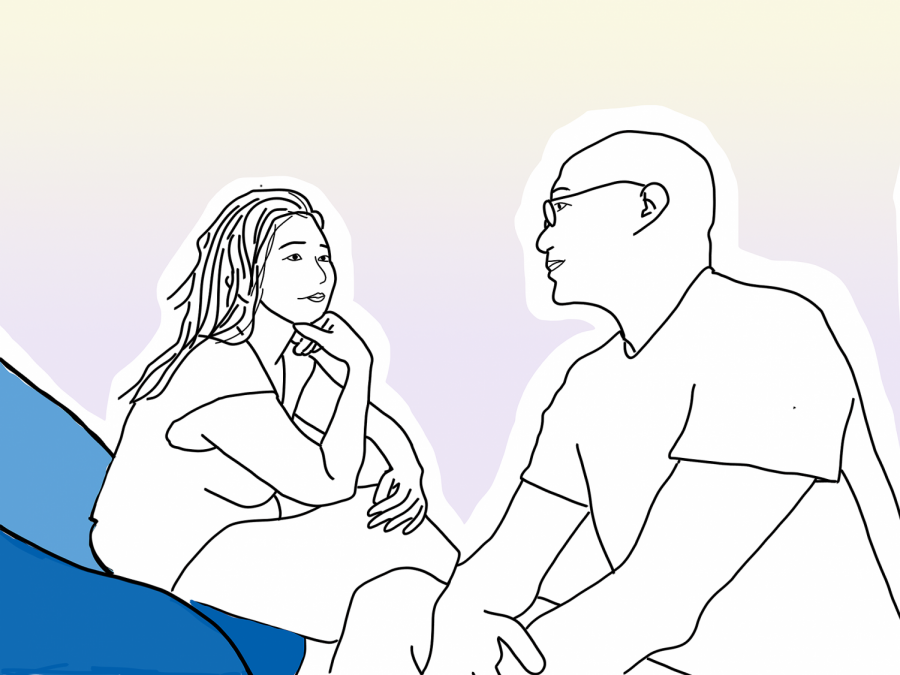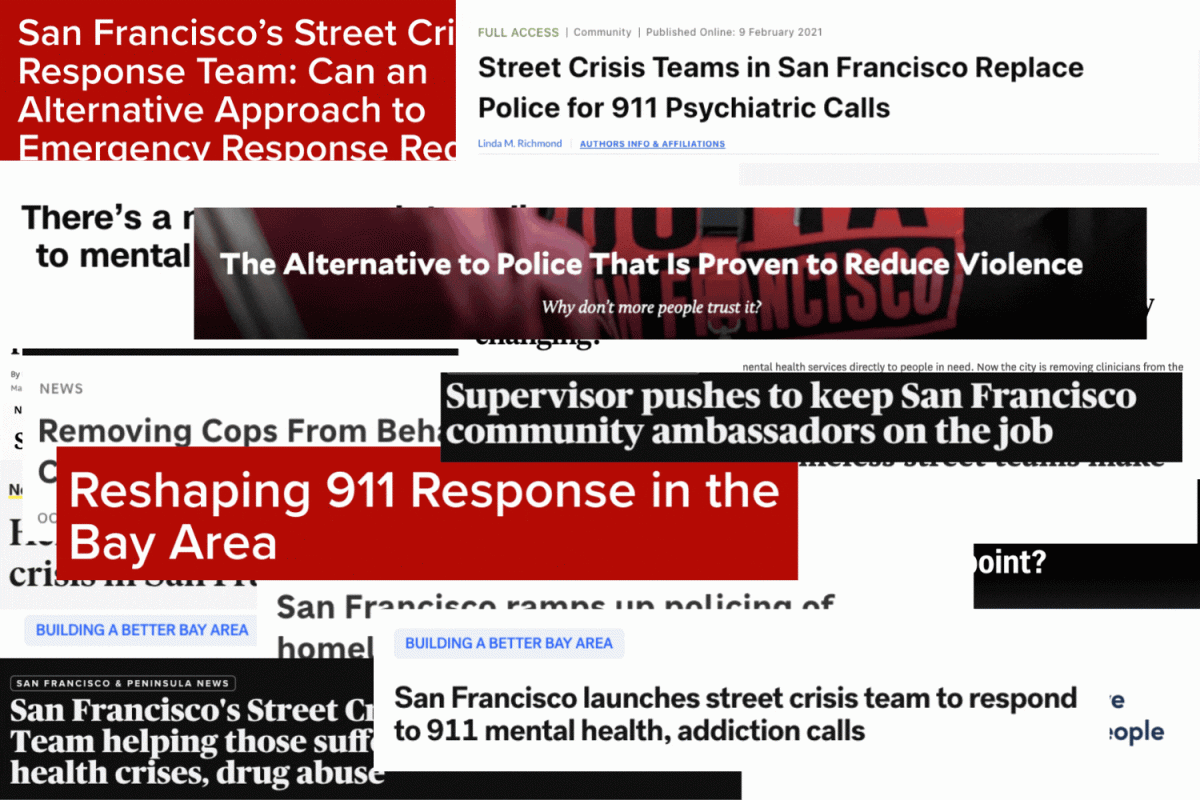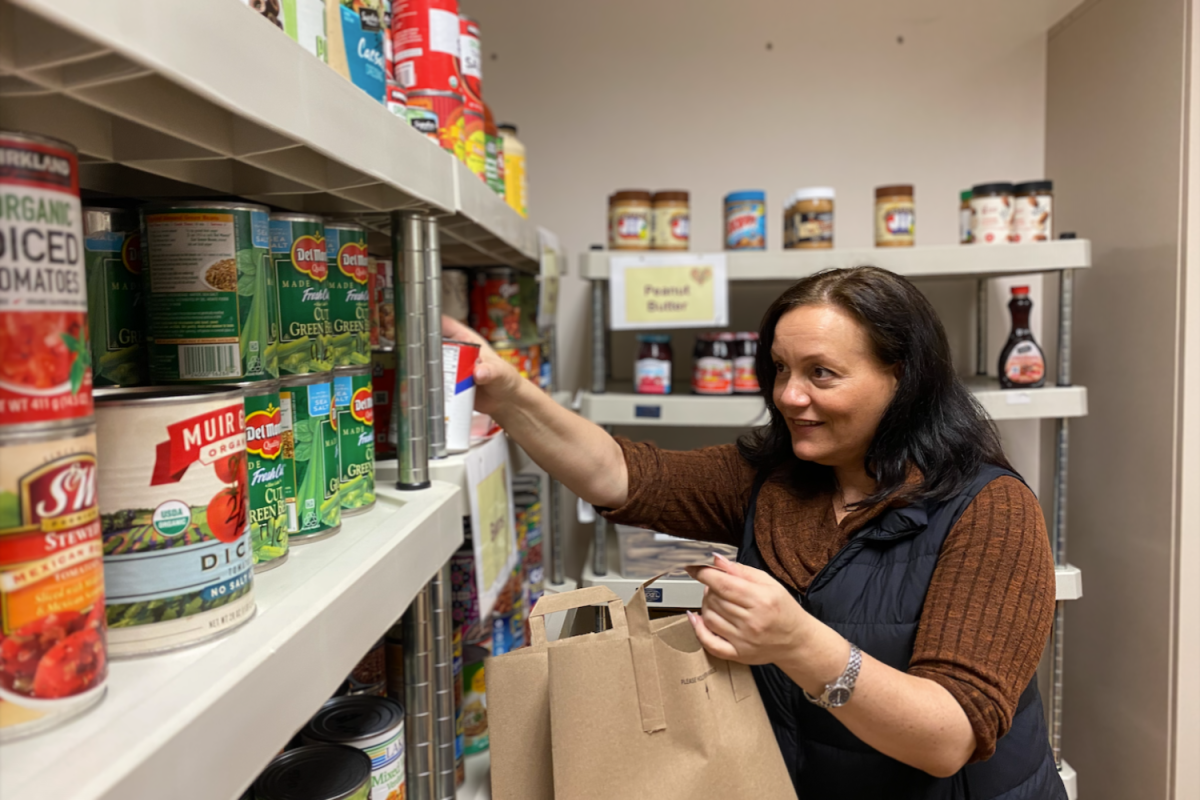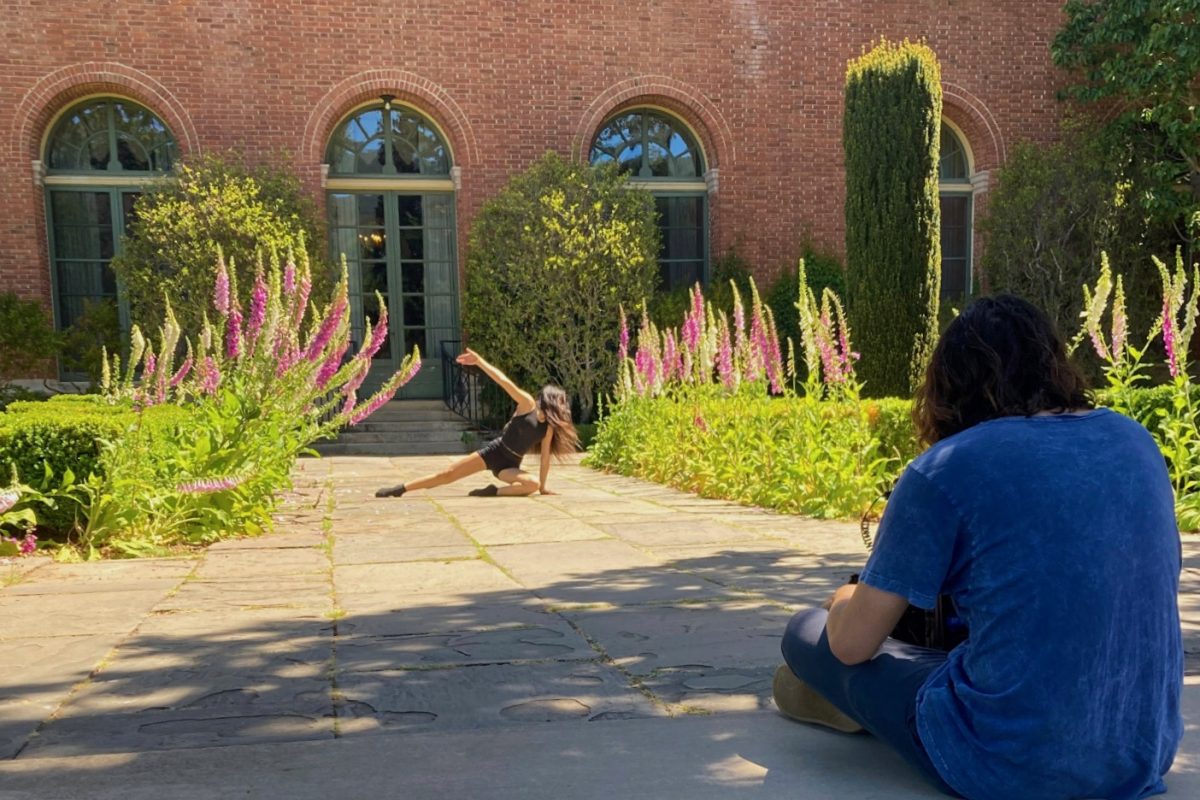She’s having an anxiety attack. But she looks normal. Is she faking it?
Wrong.
Emotional disorders lie deeper than what one may see or experience on the outside. Anxiety is more than just intense sweating, panic attacks, and hyperventilating, and depression is more than just endless crying and feeling sad.
In fact, anxiety can be undetectable from one’s physical appearance. This may include spacing out or trouble concentrating or thinking. The same goes for depression. The individual may feel worthless or self-hate, which may not be detectable from just looking at a person. Physical attributes are only part of the equation of an emotional disorder.
Busting these myths and educating yourself about mental health is the first step to normalizing conversations about it. It is also proven that teens are most prone to emotional disorders, making the conversation about it even more important.
The World Health Organization claims that teens are exposed to more risk factors and are easily influenced as they are still trying to figure out who they are. Stress, peer pressure, social norms, sexual identity, media influence, and quality of relationships are only a few of the many factors contributing to this epidemic, as one in five teens struggle with an emotional disorder, such as depression and anxiety.
“Everybody has some mental illness to a certain degree. I call it a trait. If the trait is extreme and psychiatrists diagnose people with extreme traits fitting in DSM-5 [Diagnostic and Statistical Manual of Mental Disorders] criteria, the mental illness is officially called a mental disorder,” said Kenichi Takahashi, a Bay Area therapist.
Normalizing conversations about mental health is critical for any teenager to thrive in today’s highly demanding society, especially if everyone is affected to a certain degree.
Takahashi says that many teens aren’t open to talking about this topic, as they fear their peers’ judgment. They don’t want to be compared to anyone else, especially those who don’t have a mental disorder. He adds that they may fear being ostracized from people, similar to racism or gender discrimination.
Like any other sensitive subject, there are a few things to keep in mind when someone shares their mental health struggles.
According to Healthline, the first thing to avoid is judgment. Allow them to lead the conversation and express what they are comfortable with saying. Try to listen and understand to create a support system.
Students Offering Support (SOS) provides a safe place for students to listen to and support their peers. Alex Nyholm-Goncalves, the president of SOS, had dealt with depression since middle school and now helps others going through similar situations.
“No, you don’t have to talk if you don’t want to, but there’s a lot of us here, so at least one of us can relate to you. We want to try and help you with a listening ear; we don’t give you advice if you don’t want us to,” Nyholm-Gonclaves said.
Creating a safe environment allows individuals to feel less vulnerable as more people understand what they are going through. Reminding them that their feelings are valid is also extremely important.
“We can talk about it because talking about it is healthy. It’s good for you. Getting it out is more healthy than bottling it up. So that’s kind of what I tried to promote,” Nyholm-Goncalves said.
Being present and reminding loved ones that someone there for them is crucial for them to find help.
Helping them find a grounding activity, such as listening to music, smelling scents, taking a walk, or finding a quiet place to talk, can be quite beneficial.
The SOS room and Shelley Bustamante’s room are located in the back of the counseling department and create a grounded space where students can support each other.
“Ms. Bustamante, she has her room. And it’s a very relaxing warm room that’s red. You would go in there, and you would talk to her. And next to her room would be a kind of lighter, joyful blue colored room,” Nyholm-Gonclaves said.
The blue-colored room is where students could catch up on assignments, take a nap, or wait for Bustamante to talk to them. At lunch, students gather in the blue room to hang out and talk.
Grounded activities can be done alone or with a friend. It provides a space for individuals to calm down and relax. However, if a friend is seeking help during their grounded activities, it is most appropriate to ask how to help, as boundaries and needs differ from person to person.
Lastly, don’t immediately try to find a solution unless they ask you. Find out what they want initially, as misconceptions are often made.
“Most of the time, people misunderstand that they have to give them suggestions to solve problems without listening to the whole context. If they tell you they want a solution, then think about it together or give it to them,” Takahashi said.
He recommends that you ask, “you may want to do this” rather than “you should do it.” If working together to find a solution doesn’t work, suggest asking for professional opinions.
By using these three methods, normalizing the conversation about mental health should be made more accessible. However, the choice or motivation to get better must come from the individual.
“I was just so mad at the world for not helping me and not giving me a chance to actually live my life, so I decided to stop being angry at the world, not blame everybody else and take it upon myself to make my life better,” Nyholm-Goncalves said.
Nyholm-Gonclaves is graduating from Carlmont this coming spring and hopes to head off to college and start a new chapter in life.
“You’re not alone. Everybody has their moments, and people like us and SOS are willing to help you; we put ourselves out there to help you and heal. Others help us heal as well,” Nyholm-Gonclaves said.













